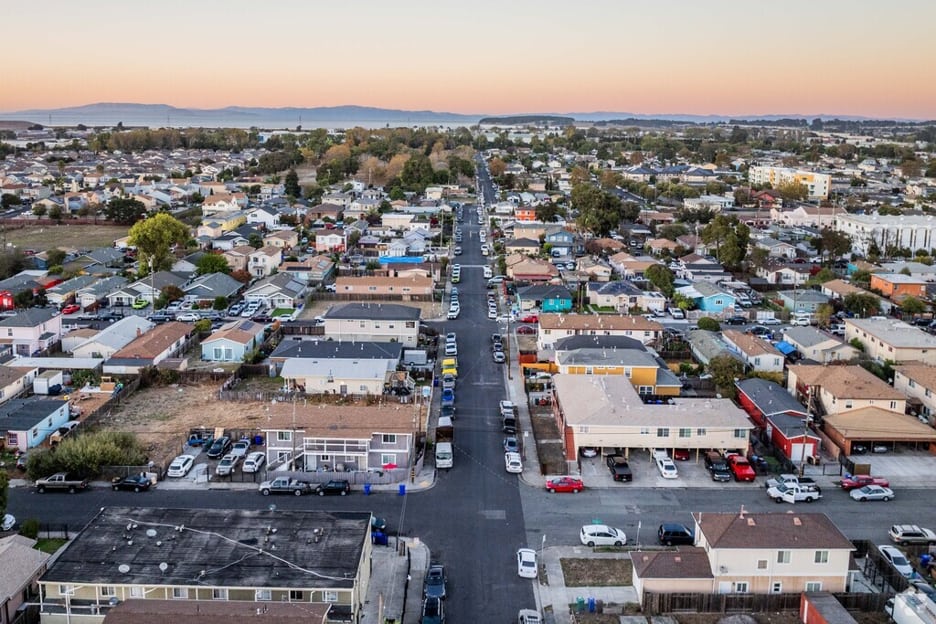Richmond South Richmond Structural Calculations: Building a Legacy of Safety, Durability, and Innovation
Richmond South Richmond, with its leafy streets, charming Victorian homes, and picturesque riverside views, is a sought-after area that blends the old with the new. The area’s diverse architectural landscape provides the perfect backdrop for both modern construction and the preservation of historic properties. But no matter what type of project you’re planning—be it a grand home extension, a basement conversion, or a contemporary new build—one thing remains certain: the importance of structural calculations. These calculations are not just a formality; they’re the bedrock upon which every safe and lasting structure is built. In this article, we’ll explore the importance of structural calculations in Richmond South Richmond, breaking down the process, the significance, and the essential role they play in making your construction dreams a reality.
Why Structural Calculations Are Vital for Richmond South Richmond
When embarking on a construction project in Richmond South Richmond, the first step in ensuring the stability of your building is structural calculations. But why are they so important? Why is this step considered so crucial in every project, from residential extensions to large-scale developments? Let’s dive into the reasons:
- Customized for Richmond’s Unique Terrain and Climate
Richmond South Richmond isn’t just known for its aesthetic beauty; the area also boasts a unique mix of soil conditions, varying elevations, and weather patterns that can significantly affect a structure’s stability. The blend of urban development with natural features like the Thames River means that factors such as soil erosion, river flooding, and even the occasional high winds must all be factored into structural planning.Structural calculations take all of these local environmental conditions into account. A building that’s constructed in one part of Richmond may face different challenges from another due to these factors, and only through precise structural calculations can these potential risks be mitigated. - Historical Preservation in a Modern Context
Richmond South Richmond’s iconic Victorian houses and Georgian-era properties hold a historical charm that defines the area’s character. However, as developers and homeowners look to modernize or expand these homes, maintaining the structural integrity of these older buildings while introducing new elements becomes a delicate task. Structural calculations ensure that any new construction—whether it’s a basement extension, a loft conversion, or a completely new building—meets the necessary safety standards without damaging the original structure.Incorporating modern elements such as larger windows or extended floor plans into a period property requires careful calculations to avoid compromising the stability of the original framework. The balance between innovation and preservation is achieved only when structural calculations are performed with precision and foresight. - Ensuring Long-Term Durability and Sustainability
Another key reason structural calculations are paramount in Richmond South Richmond is that they ensure the long-term durability and sustainability of the building. A well-calculated structure will stand strong against the wear and tear that comes with everyday use, as well as the unpredictable forces of nature.By factoring in potential issues such as soil movement, water drainage, and wind load, structural calculations help to future-proof buildings. This is especially critical in Richmond, where climate change has increased the frequency of extreme weather events, and properties must be prepared to endure more than just typical wear and tear.
The Process of Structural Calculations: Step-by-Step
The journey to a well-constructed, safe, and sustainable building begins with detailed structural calculations. This process involves more than just basic measurements—it requires expertise, attention to detail, and an understanding of the unique challenges each project presents. Here’s an overview of the key stages:
- Site Analysis: Understanding Richmond’s Terrain
Every structural calculation starts with an in-depth analysis of the site. This stage involves assessing the soil conditions, elevation, drainage patterns, and any other environmental factors that could influence the stability of the structure. In Richmond South Richmond, this often means understanding the proximity to the Thames and any potential flood risks, as well as considering the dense tree coverage that may impact foundation depth.During this phase, engineers will also evaluate the quality of materials already present, such as foundations or load-bearing walls, to ensure they’re suitable for any proposed changes. An accurate site analysis is the first step in creating a tailored solution that meets the specific challenges of the land. - Structural Analysis: Determining Loads and Forces
Once the site analysis is complete, structural engineers begin the process of calculating the forces that will act on the structure. This includes:- Dead loads: These are the constant forces that result from the building’s weight, including walls, floors, roofs, and other permanent fixtures.
- Live loads: These are the variable forces that arise from occupants, furniture, and equipment. In Richmond South Richmond, this may also include additional factors like garden structures or equipment on rooftops.
- Wind loads: Richmond’s proximity to the river means that wind factors must be taken into account, especially in taller buildings or those with large windows that might catch the wind.
- Seismic activity: Though not as prone to earthquakes as other areas, structural engineers in Richmond still need to consider seismic forces to ensure the building remains safe in the event of tremors.
- Designing the Structural Elements
With the necessary data in hand, structural engineers will design the key components of the structure. This could include the foundation, beams, columns, load-bearing walls, and other critical elements. Each part of the structure will be designed to bear a specific load, and materials will be selected based on their strength, durability, and suitability for the site’s conditions.For example, in Richmond South Richmond, the engineer might recommend reinforced concrete for the foundations to cope with the local soil conditions or opt for timber framing in residential extensions to maintain the aesthetic of the neighborhood. - Finalizing the Plan and Documentation
After the design is complete, the engineer will prepare detailed structural calculations and diagrams that outline how the building will be constructed. These documents will include specifications for materials, construction techniques, and load-bearing calculations.These plans are then submitted for approval to local authorities as part of the building permit application process. This is where the real expertise of a structural engineer is showcased—ensuring that every calculation meets local and national building regulations, as well as the specific requirements of the Richmond South Richmond planning authorities. - Construction and Ongoing Monitoring
Once the plans are approved, construction can begin. During this phase, structural engineers continue to oversee the project, ensuring that the construction process adheres to the calculated designs. This includes checking the quality of materials used, inspecting the foundations, and ensuring that any alterations during construction are in line with the approved structural calculations.As Richmond South Richmond is home to a mix of traditional and modern builds, this ongoing oversight helps prevent issues from arising down the line, ensuring the structure is safe, stable, and in good condition.
The Future of Structural Calculations in Richmond South Richmond
As Richmond South Richmond continues to evolve, so too does the approach to structural calculations. With a growing emphasis on sustainability, eco-friendly building practices, and the integration of green technologies, structural engineers are finding new ways to combine safety and environmental consciousness.
For example, the rise of energy-efficient homes and buildings in Richmond requires engineers to consider additional factors such as insulation, solar panel installations, and the use of sustainable materials. In the future, structural calculations will likely incorporate even more advanced methods, such as 3D modeling and AI-assisted design, to optimize efficiency, safety, and environmental impact.
Conclusion: Structural Calculations as the Foundation of Successful Projects
In Richmond South Richmond, where innovation meets tradition, structural calculations are not just a technical requirement—they are the foundation upon which every successful project is built. Whether you’re embarking on a renovation, extension, or new build, these calculations ensure that your structure will be safe, sustainable, and aligned with the natural beauty of the area.
By hiring a qualified structural engineer with experience in Richmond South Richmond, you’re not just ensuring compliance with building codes; you’re investing in the future safety and durability of your property. Structural calculations offer peace of mind, knowing that your building will withstand the tests of time, environmental forces, and even the challenges of modern living. So, when planning your next project in Richmond South Richmond, remember: structural calculations are the first step to building a legacy of safety and quality that will last for generations to come.



No responses yet